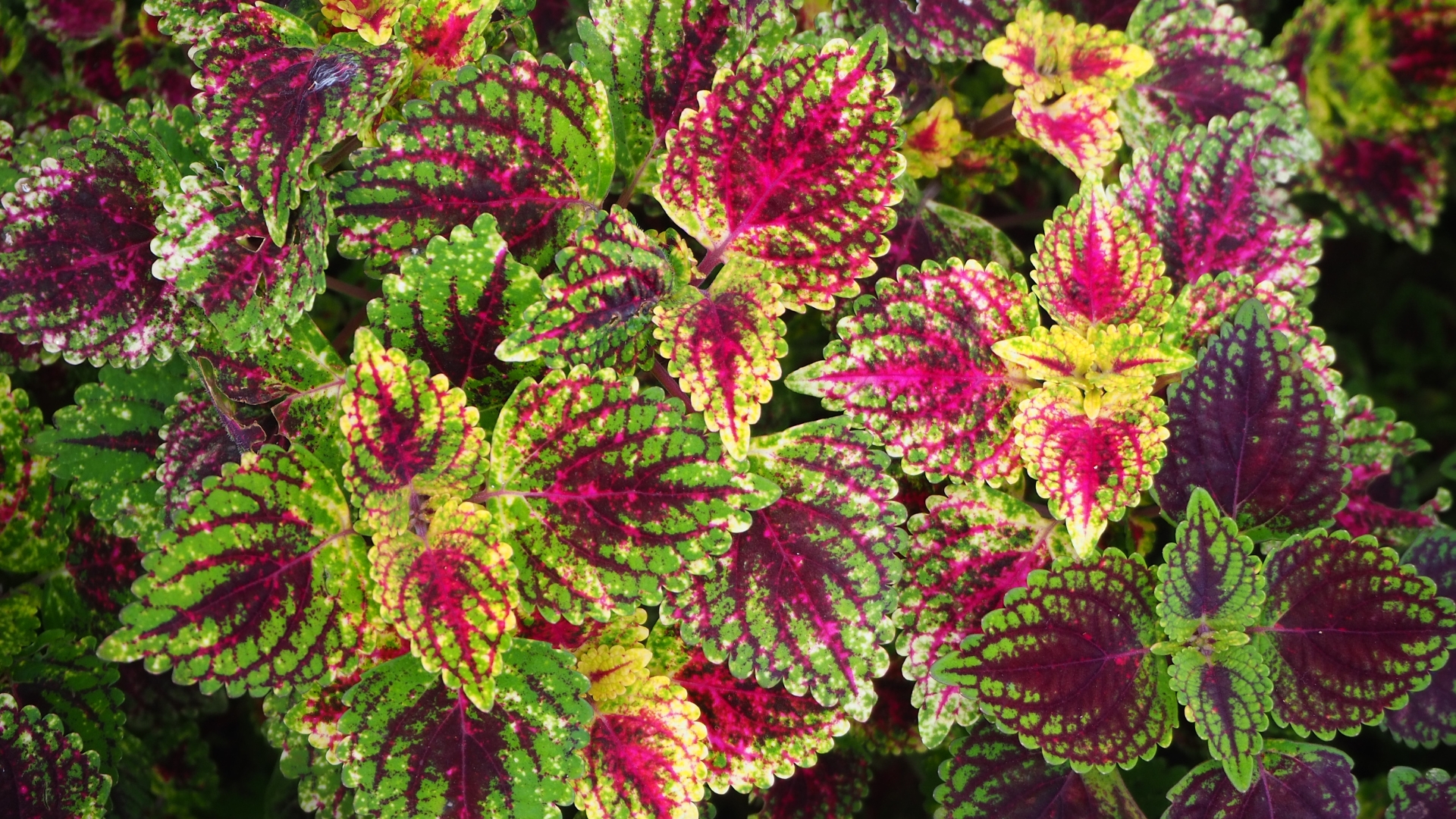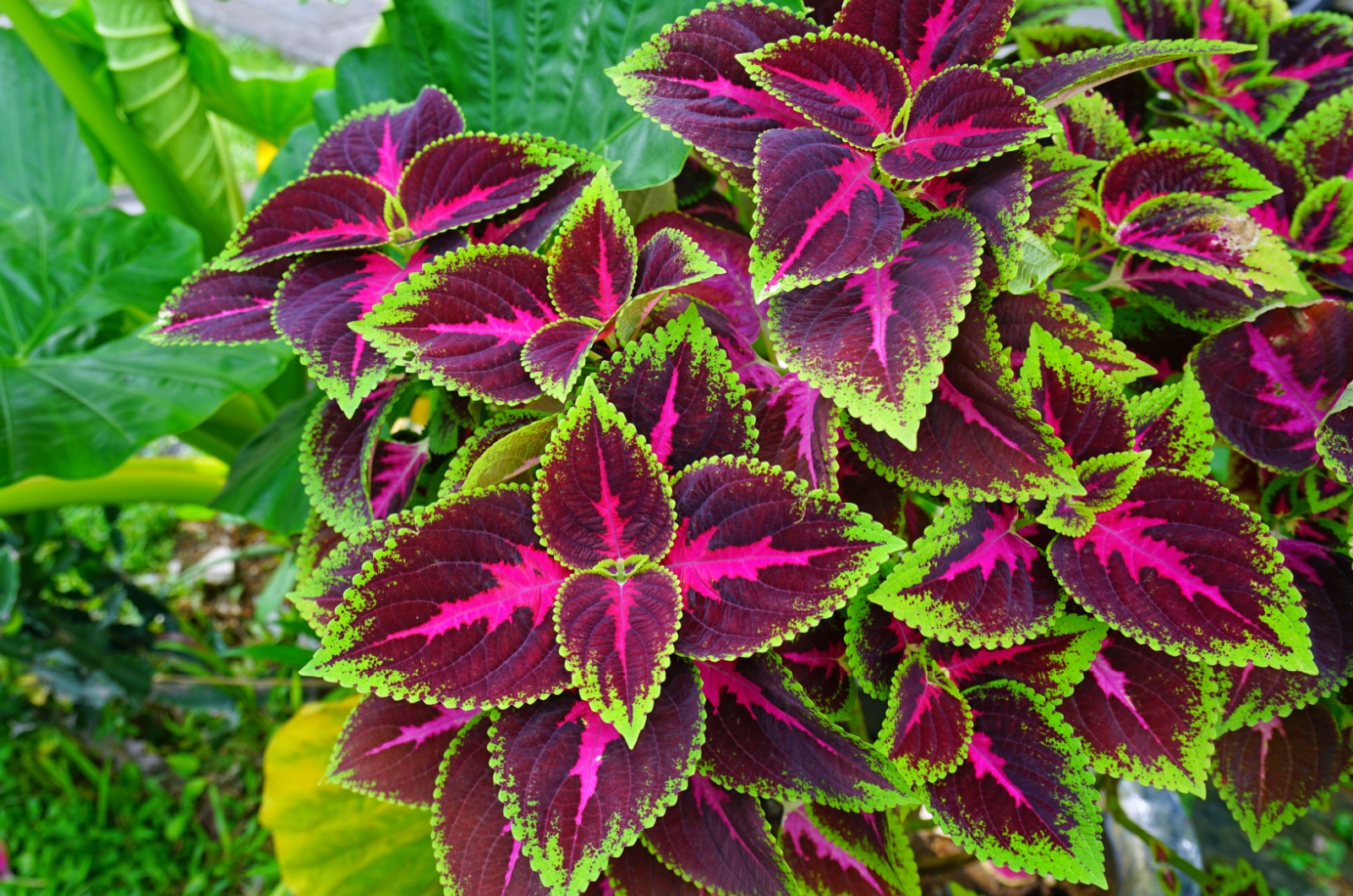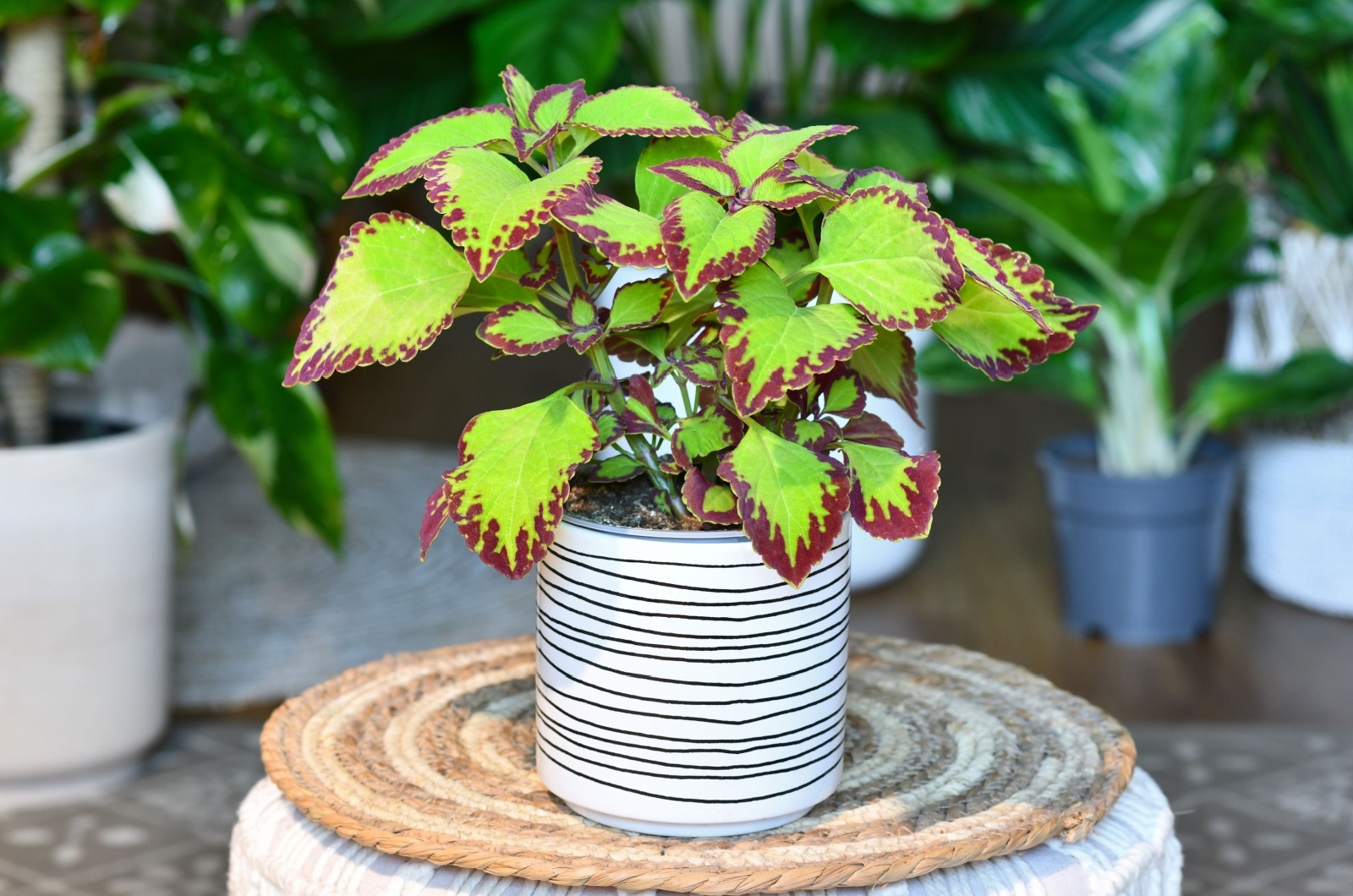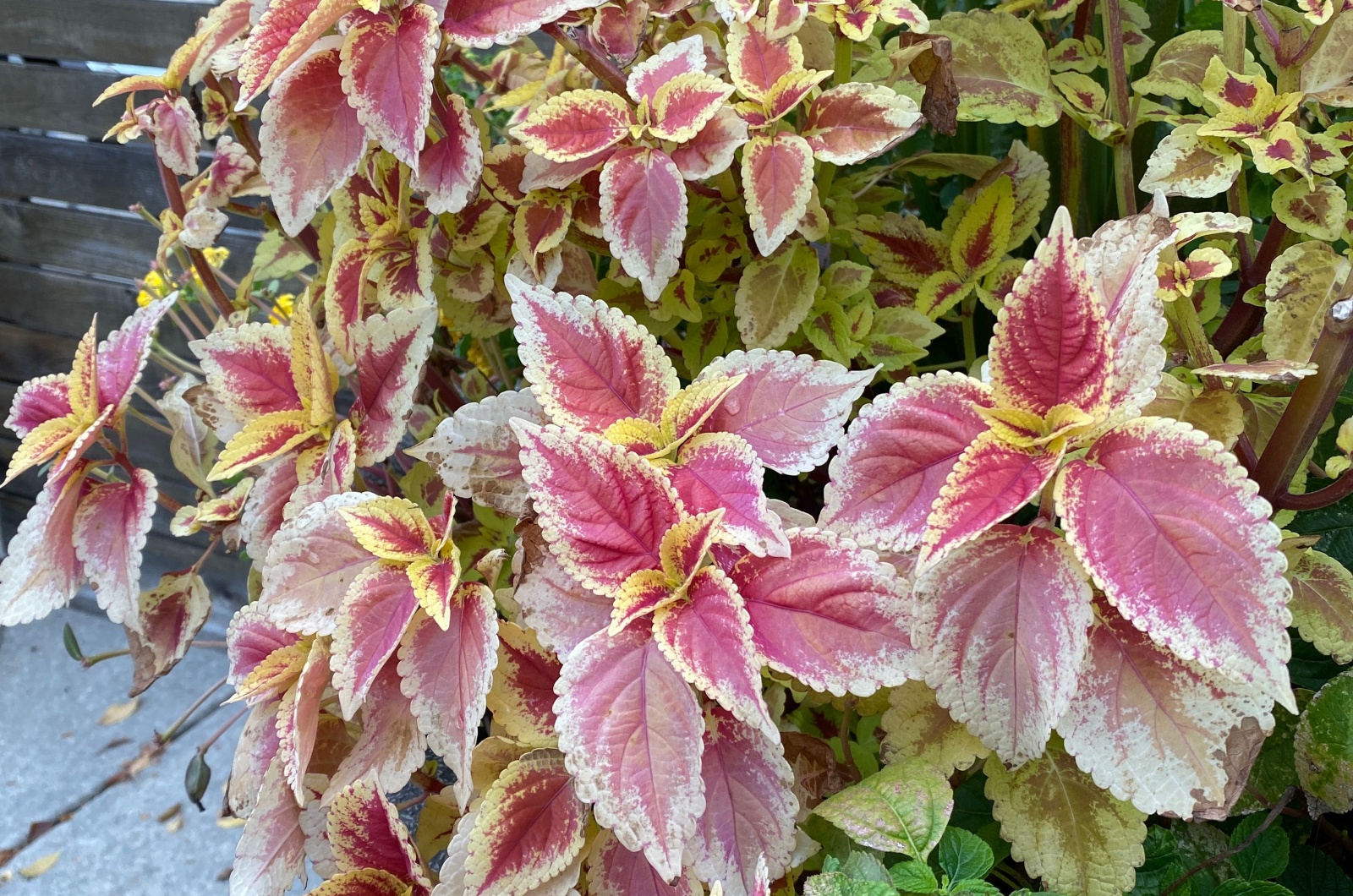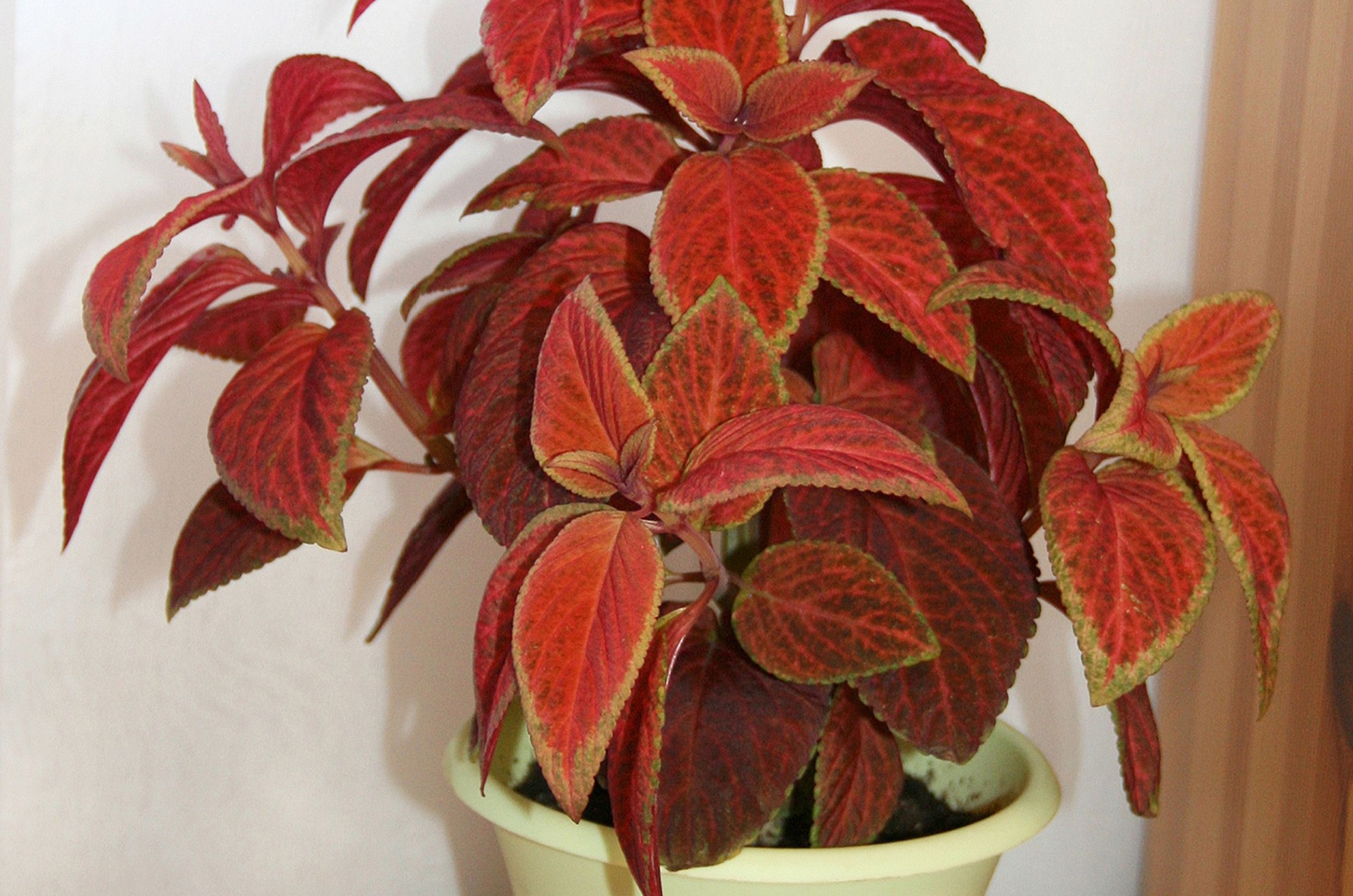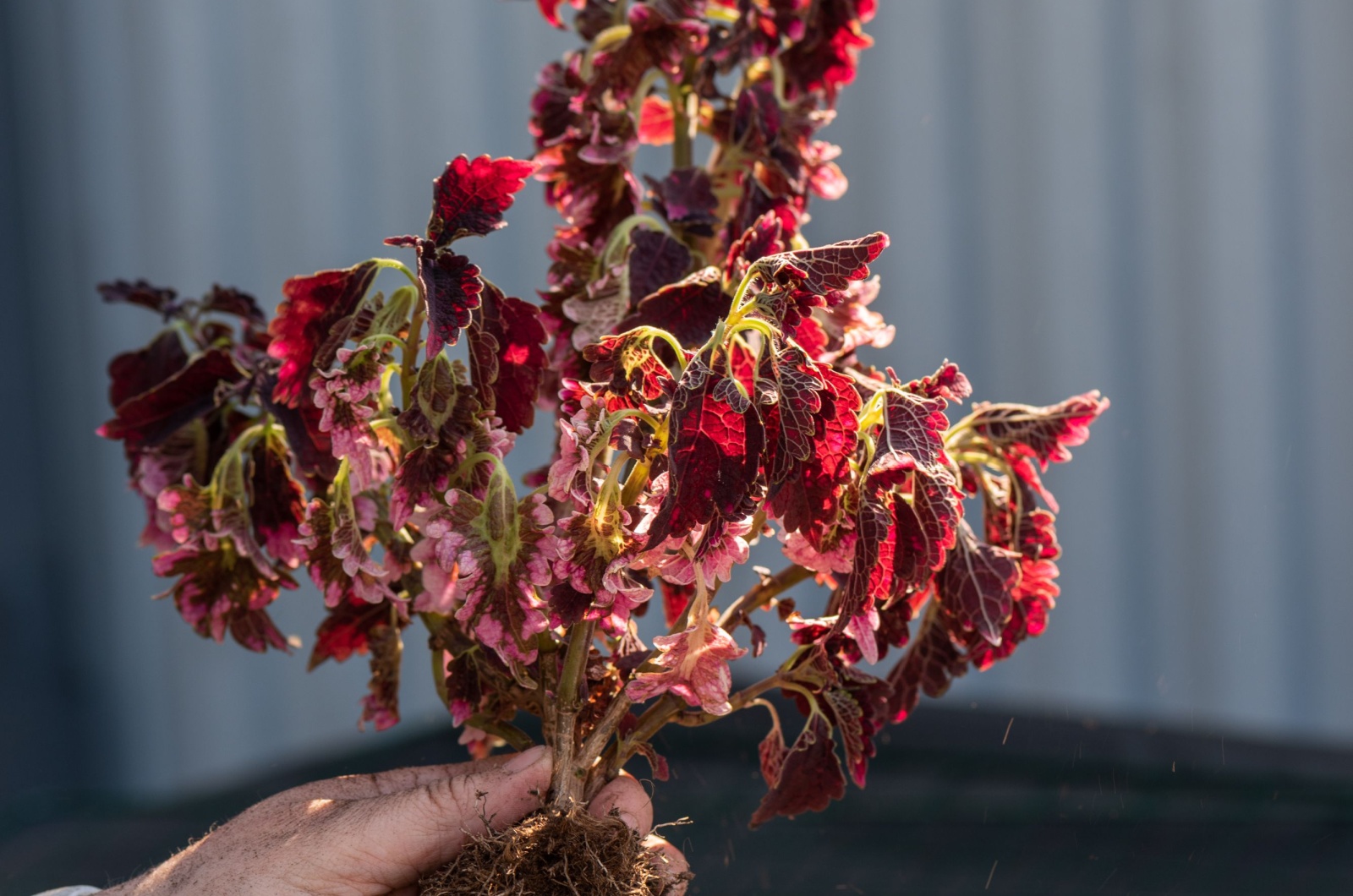You may know coleus as one of the most stunning foliage plants in the world, but let me tell you, it isn’t just a pretty face!
These versatile plants practically take care of themselves, which means they’re a match made in heaven for first-time gardeners!
But there’s one question that bothers many coleus growers: is this a perennial plant or is there no chance it will come back next year?
Oh, you’re one of them too, right? Luckily, you’re in the right place to clear it all up, so let’s break it down!
The Definite Answer?
So, there isn’t really a definite answer. You see, coleus is technically a perennial plant but this feature only works for warmer climates. This plant is hardy in USDA hardiness zones 10 and 11 and they’ll survive winter without you putting in any effort.
What happens in lower zones? Coleus can’t survive through freezing temperatures so it’s treated as an annual plant in these climates.
Luckily, if you live in cooler climates, you can still make your coleus come back next year. But it does require some effort so if you want to grow it for one year only, let’s see what you need to do.
Grow Your Coleus As An Annual By Following These Tips
The good news is that coleus can tolerate both shade and full sun. However, when exposed to a lot of sun, it’ll require more frequent watering.
Your main goal is to keep the soil of your coleus plant consistently moist, but never soggy. Unfortunately, I messed up this part a few times and couldn’t save my coleus at all.
The colorful leaves stand out when coleus is grown in a container. But from my experience, it also works perfectly as a bedding plant.
Take a pot that can fit your coleus and add some rocks at the bottom. They’ll improve drainage so you don’t need to worry about waterlogging.
Then, add a high-quality, quick-draining potting mix and plant your coleus.
For best results and lush leaves, make sure to feed coleus with a well-balanced fertilizer during the growing season.
For Perennial Coleus, Do This
Here in Florida, we treat coleus as a perennial plant because of warm temperatures. This plant loves humidity and, best of all, pests and diseases aren’t common here.
The difference between growing coleus as perennial is that you’ll need to meet slightly different fertilizer and soil needs.
You’ll plant your coleus directly in the garden soil, so make sure to add a lot of organic matter before planting to enhance drainage.
You can either use a store-bought fertilizer or go with some organic options. For my coleus, a manure tea works best! If you aren’t into this method, you can amend the soil with compost once a year.
Your Coleus Can Survive Through Winter!
Here comes the fun part! Ok, for some…
Remember, your coleus is a tender perennial, which means it won’t survive if left outdoors in freezing temperatures. The solution? Overwinter your coleus indoors!
Here’s how:
1. Check the local forecast and see the first expected frost date. Your coleus must be transferred indoors before frost hits!
2. If your coleus is potted, simply take the pot and move it indoors. For in-ground grown coleus, you’ll need to take it out of the ground and plant it in a container.
3. Find a spot for your coleus indoors where it can receive indirect sunlight and warm temperatures. Remember, coleus adores humidity so mist the leaves regularly.
Keep the growing substrate consistently moist, but don’t water as frequently as you do with outdoor coleus.
4. Next year, check the local forecast and see the date of the last expected frost. Once the danger is over, you can either transplant your coleus into the ground or keep it in a container.
Don’t forget to propagate your coleus in spring and expand your collection for free!
And This Is How You Can Pot It Up
If you’ve never potted up coleus before, I’ll gladly show you how I do it, step by step.
1. Select a pot that’s just a little larger than the coleus rootball, because it needs enough room to spread. But make sure the pot isn’t too big because it’ll retain too much water, which can have terrible consequences for a coleus plant.
2. Fill the pot with high-quality and fast-draining potting mix (please don’t use garden soil). It can carry diseases or some pests can sneak in and you can wave goodbye to your coleus the next season.
3. Make a hole in the center of the growing substrate and put the coleus rootball into it. It should be planted at the same depth as it was outdoors.
4. Carefully press the soil around the coleus base and add water.
And that’s the long and short of it! Now you’re all set to care for your coleus, and the only thing left is to sit back and enjoy its dazzling colors for years to come (if that’s the route you take 😉). Happy growing!

